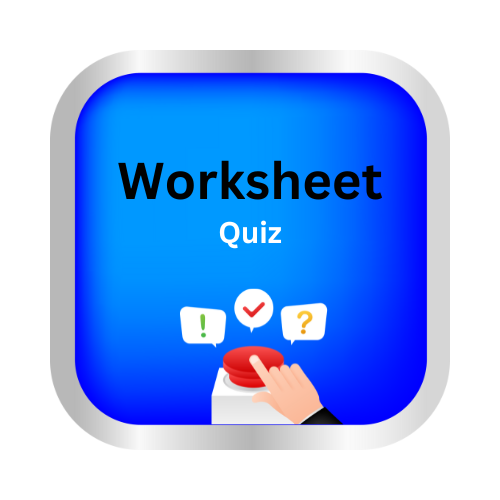Atmospheric Pressure
key notes:
1. What is Atmospheric Pressure?
- Atmospheric pressure, also known as air pressure, is the force exerted by the weight of the air above us on a unit area of the Earth’s surface.
2. Units of Measurement:
- Atmospheric pressure is typically measured in units such as millimeters of mercury (mmHg), inches of mercury (inHg), or pascals (Pa).
3. Factors Affecting Atmospheric Pressure:
- Altitude: Atmospheric pressure decreases with increasing altitude. At higher altitudes, there is less air above, so the pressure is lower.
- Temperature: Higher temperatures generally lead to lower pressure, as warm air is lighter and rises.
- Weather Systems: Weather conditions can also affect atmospheric pressure. Low-pressure systems are associated with stormy weather, while high-pressure systems are associated with clear skies.
4. Barometer:
- A barometer is an instrument used to measure atmospheric pressure. The most common types are mercury barometers and aneroid barometers.
5. Importance of Atmospheric Pressure:
- Atmospheric pressure plays a crucial role in weather patterns and climate.
- It affects the behavior of gases and the boiling point of liquids. For example, water boils at a lower temperature at higher altitudes due to lower atmospheric pressure.
6. Units of Pressure Conversion:
- 1 atmosphere (atm) is approximately equal to 760 mmHg or 101.3 kPa.
- 1 atm is the standard atmospheric pressure at sea level.
7. Effects on Human Health:
- Changes in atmospheric pressure can affect human health, especially at high altitudes where there is lower oxygen pressure. This can lead to altitude sickness.
8. Real-Life Applications:
- Atmospheric pressure is used in various applications, including weather forecasting, aviation (altimeters), scuba diving (dive tables), and cooking (pressure cookers).
9. Demonstration:
- An experiment often conducted to demonstrate atmospheric pressure is the classic “crushing a can” experiment. When a can is heated and then quickly cooled, it can be crushed due to the difference in pressure inside and outside the can.
10. Safety Precautions: – When using a barometer or conducting experiments involving changes in pressure, ensure safety precautions are followed to avoid injury.
Let’s practice!

